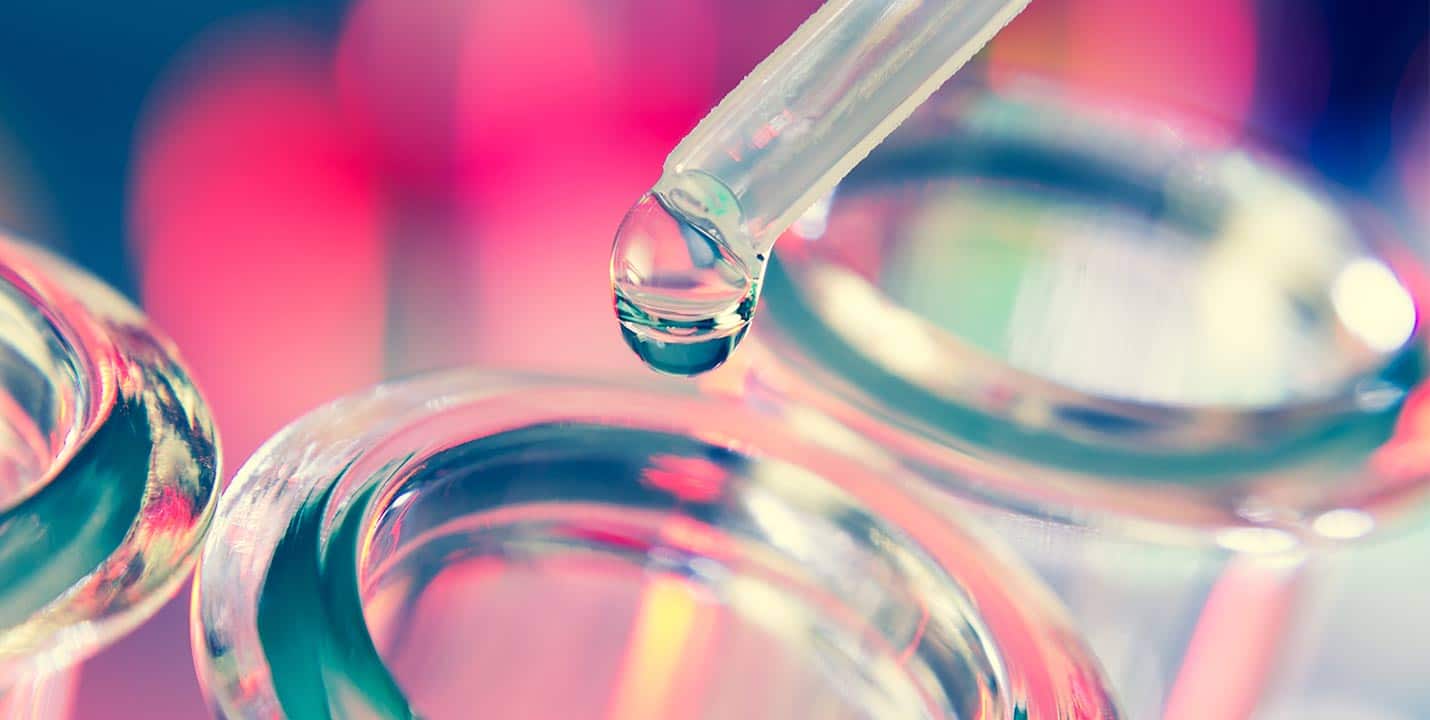

THE HIDDEN FORMALDEHYDE LURKING IN YOUR SKINCARE
Formaldehyde – when you think of this chemical it may conjure up images of the macabre, with its many uses in embalming & preserving bodies. The truth that many of your skincare products contain Formaldehyde and you may not even know about it… now that’s creepy!
What is Formaldehyde?

Whilst found in nature, the formaldehyde used in embalming fluids, dyes, plastics and as an industrial anti-microbial is produced industrially from the catalytic oxidation of methanol.
The formaldehyde found in nature, 90% of it is typically found in the upper atmosphere, where it is of little concern – strong sunlight quickly breaks it down. Formaldehyde is also produced as a by-product of combustion, so it is found in cigarette smoke and exhaust emissions from cars.
Why is it in Skincare products?
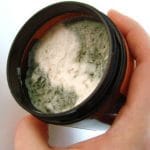
Mould growing in a jar of face moisturiser
Over the last few years, with the recent consumer perception on Parabens being potentially linked to cancer and disrupting the endocrine system, manufacturers have been moving away from Parabens and into other preservation systems.
Formaldehyde is an effective and efficient preservative, used in many skincare products to help prevent microbial growth. It sounds pretty innocent, after all, who would want to spread potentially dangerous microbes around their face?
Preservatives are necessary to prevent microbial spoilage. Preservatives are not intelligent. Preservatives cannot differentiate between a mammalian cell such as ours and unwanted microbial cells.
What’s the danger then?
The International Agency for Research on Cancer (IARC), part of the World Health Organization (WHO), has concluded that formaldehyde is “carcinogenic to humans”. But the amount of formaldehyde used in grooming products and cosmetics is much smaller than the amounts tested in most studies, making it hard to draw firm conclusions about risk.
While the risk from cancer from skincare products may be small, it is not the only source of exposure. On a daily basis, you will be exposed to Formaldehyde from numerous sources such as vehicle exhaust emissions, gas stoves, cigarette smoke and even innocuous objects like pressed wood, paints, plastics and more.
While skincare products might not contain much Formaldehyde, it makes an unnecessary contribution to exposure to this chemical. The main concern is not the immediate cancer risk however, it is the effects of irritation on the skin. The EU directive allows a maximum of 2000ppm of Formaldehyde to be present in finished products but concentrations as low as 200-300ppm has been shown to trigger dermatitis and just 30ppm in hyper-sensitive people.
In a 2004 study done by the North American Contact Dermatitis Group, the following results were found:
- Quaternium-15: caused an allergic reaction in 9.3% of patch test patients.
- Imidazolidnyl Urea: caused an allergic reaction in 3.0% of patch test patients.
- Formaldehyde: released by these chemicals caused an allergic reaction in 8.4% of patch test patients.
How Do I Find Formaldehyde-free Products?
It’s not as easy as simply reading the ingredients list. Pure Formaldehyde is not used in skincare products because it would be a PR nightmare. Rather it is used in other compounds which slowly release Formaldehyde over time, maintaining a fairly constant level of preservative in the mix. These compounds greatest strength is also its greatest weakness – The amount of formaldehyde does not decrease – it maintains a steady level from the moment of manufacture to the moment you use it.
Of course, you can look for labels that say “no formaldehyde,” as some newer products do, but the best way is to avoid those preservatives that release it such as:
- DMDM hydantoin
- Sodium hydroxymethyl glycinate
- Benzylhemiformal
- Ureas (including Diazolidinyl urea and Imidazolidinyl urea)
- Methenamine
- Quaternium-15
- 2-bromo-2-nitropropane-1,3-diol
The Bottom Line—Avoid This Chemical
As exposure to this carcinogen can occur from many sources in our everyday life, every effort should be made where possible to minimise any unnecessary exposure for you and your family to reduce risk of health effects and becoming hypersensitive.
You should not have to choose between effective products with toxic ingredients and natural products that don’t quite live up to your expectations and needs. We live in a world where nature and science can unite in ways to bring us safer, effective alternatives. Why should you accept being told that a toxic ingredient is acceptable simply because the concentration is so low “that it really doesn’t matter”? You are worth more than that. Your health is more valuable than that.
ALL the products in our skincare range are completely free of Formaldehydes
The science in skincare is our ongoing series helping consumers better understand the science in skincare. We translate the science into a format that is much easier to read, bust the myths and give you a clear, transparent and honest assessment so you can make an informed choice of what goes onto your skin.
Be the first to hear about our new articles by signing up to our email newsletters or by following us on Facebook or Twitter
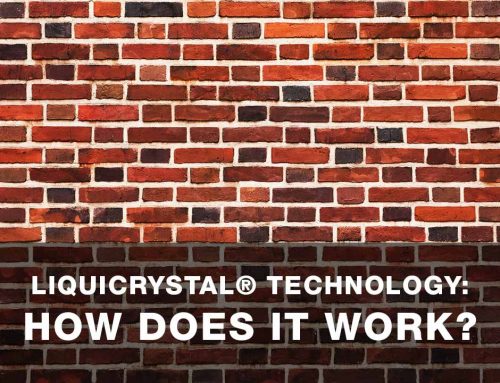
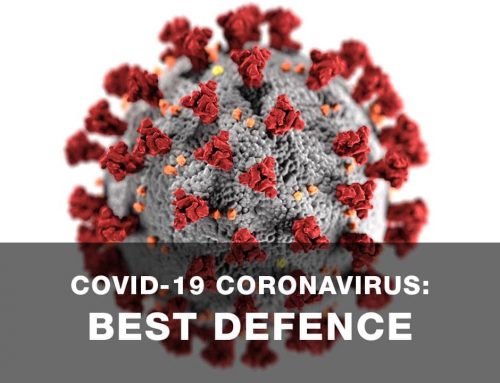
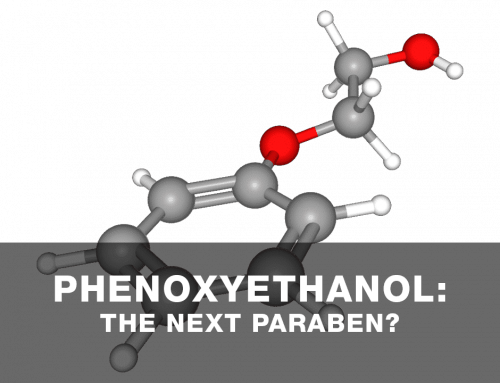
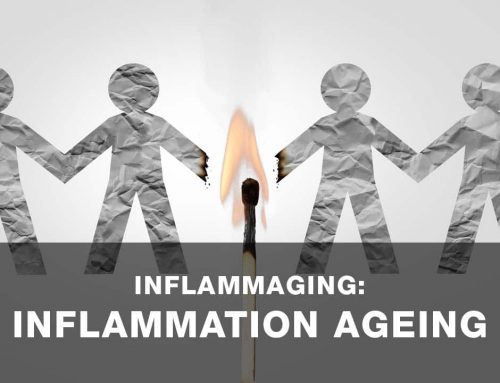
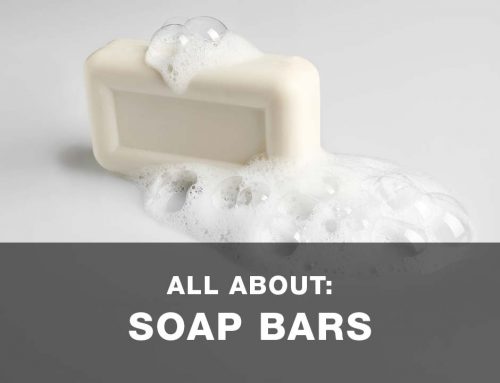
Leave A Comment